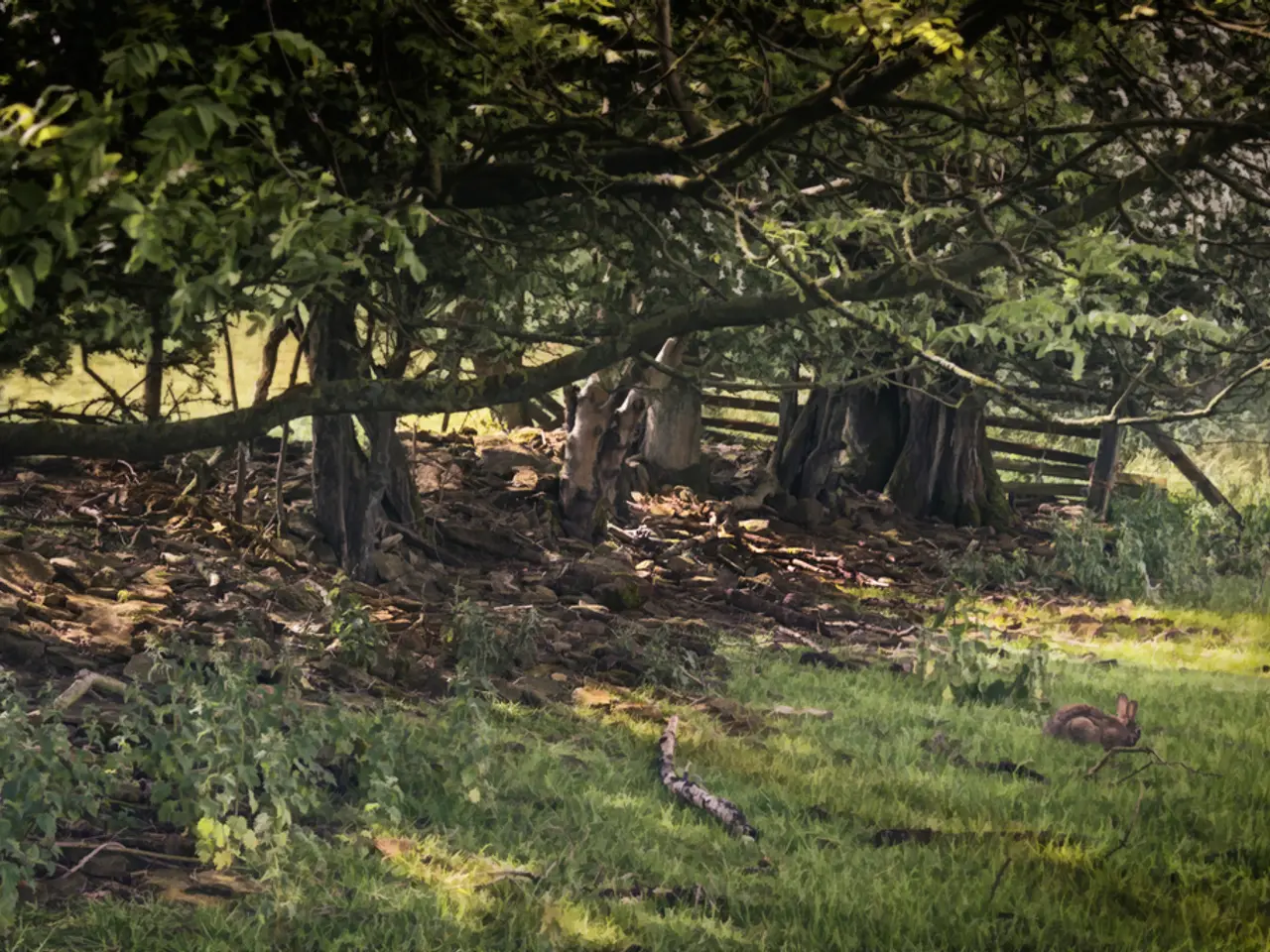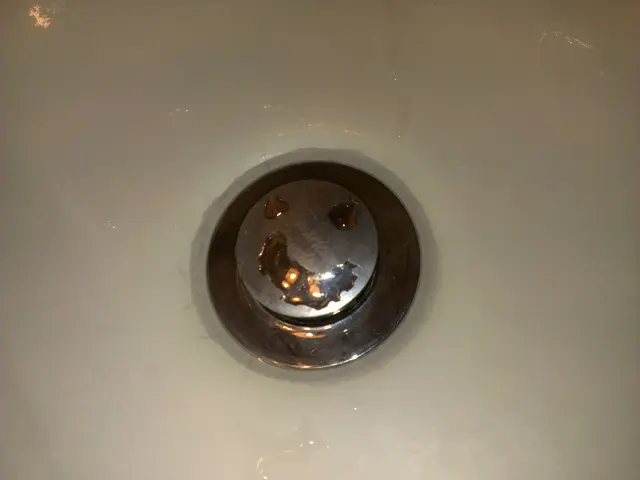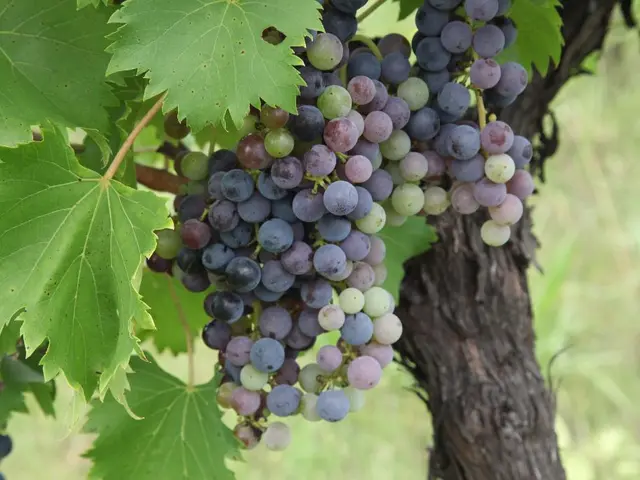Rapidly Multiplying Low-Lying Vegetation Options - Conceal Bare Earth and Deter Weeds
In the pursuit of a lush, vibrant, and eco-friendly garden, these fast-growing, native ground covers are perfect for USDA hardiness zones 3 to 10. These plants not only require minimal care but also offer numerous ecological benefits, such as weed suppression and habitat for pollinators.
Moss Phlox (Phlox subulata)
A native, low-growing perennial, Moss Phlox blooms in spring with a splash of colourful flowers. Thriving in zones 3-9, it prefers sun to partial shade and well-drained, moist soil. This hardy plant forms dense mats that help crowd out weeds and supports rock gardens and borders.
Dwarf Cinquefoil (Potentilla canadensis)
Native to eastern U.S. and Canada, Dwarf Cinquefoil is a mat-forming perennial that grows in zones 3-9. It produces yellow flowers in spring and summer, supports pollinators and birds, and prefers full sun or partial shade with well-drained soil.
Coreopsis spp.
Native perennials, Coreopsis species spread at the base, crowding out weeds. They produce yellow or orange flowers, tolerate drought and poor soil, and are hardy in zones 3-9. Coreopsis also supports pollinators and adds seasonal blooms throughout the growing season.
Stonecrop/Sedum
Although not always native, many Sedum species are hardy from zones 3-9, drought-tolerant, low maintenance, and have succulent foliage. They thrive in sandy, well-drained soil and full sun.
Wild stonecrop (Sedum ternatum) is a perennial succulent with rounded, fleshy leaves and star-like white flowers that attract pollinators. It's deer and rabbit-resistant, drought-tolerant once established, and needs little maintenance.
Wild Strawberries (Fragaria spp.)
Easy to grow and produce white flowers and fruit, Wild Strawberries are unfussy about lighting conditions, but full-shade sites may reduce flowering and fruiting. They are not invasive and are low maintenance, requiring occasional watering.
Ajuga
Ajuga (Ajuga reptans) is a perennial with bronze-chocolate-edged leaves and spring flowers in deep periwinkle blue. It's very hardy in USDA zones 4 to 10 and perfect for shady sites, growing 6 inches tall, quickly forming a mat of plants.
However, Ajuga is a non-native plant that can be invasive, so it's best confined to controlled areas.
Virginia Creeper (Parthenocissus quinquefolia)
A fast-growing vine with palmate leaves that turn red and bronze in fall, Virginia Creeper is tolerant of salt, pollution, deer, compact soil, and periods of drought. It produces blue, thickened fruits enjoyed by wildlife and is hardy in USDA zones 3 to 9.
In summary, Moss Phlox, Dwarf Cinquefoil, Coreopsis species, and certain Sedum varieties stand out as fast-growing, native ground covers for zones 3-10 that are low maintenance and ecologically beneficial. These plants not only enhance the aesthetic appeal of your garden but also contribute to a healthier and more diverse ecosystem.
The Moss Phlox (Phlox subulata) and Dwarf Cinquefoil (Potentilla canadensis), which are native perennials, add vibrant colors to your home-and-garden lifestyle, particularly in their spring blooms, and thrive in USDA zones 3-9. Additionally, the Wild Strawberries (Fragaria spp.) not only produce edible fruit but also grow well in various lighting conditions, making them a good choice for your lifestyle, hardiness zones 3-10 inclusive.




